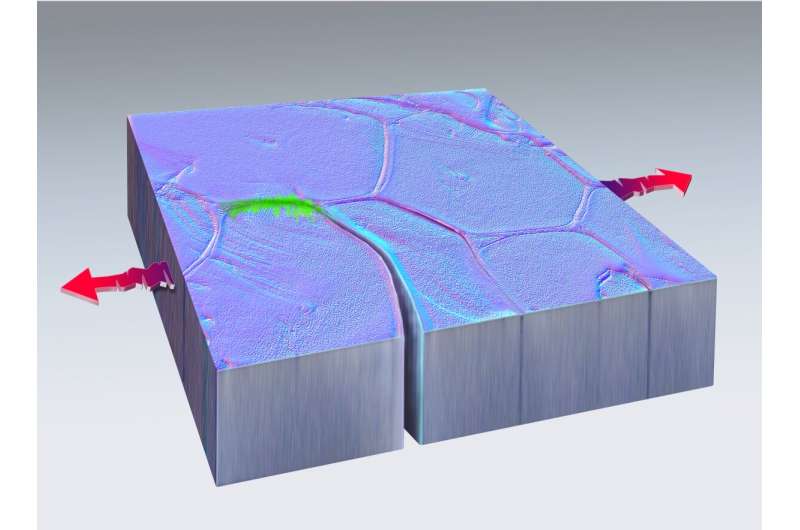Science Daily July 19, 2023
In traditional metallurgical design for fatigue resistance in metals, microstructures are developed to either arrest or slow the progression of cracks. Crack growth is assumed to be irreversible. By contrast, in other material classes, there is a compelling alternative based on latent healing mechanisms and damage. A team of researchers in the US (Sandia National Laboratory, Texas A&M University, University of Tennessee) has shown that fatigue cracks in pure metals can undergo intrinsic self-healing. They directly observed the early progression of nanoscale fatigue cracks, and as expected, the cracks advanced, deflected and arrested at local microstructural barriers. However, unexpectedly, cracks were also observed to heal by a process that could be described as crack flank cold welding induced by a combination of local stress state and grain boundary migration. The premise that fatigue cracks can autonomously heal in metals through local interaction with microstructural features challenges the most fundamental theories on how engineers design and evaluate fatigue life in structural materials. They discussed the implications for fatigue in a variety of service environments… read more. TECHNICAL ARTICLE

… artistic rendering of nanoscale self-healing in metal… Credit: Dan Thompson, Sandia National Laboratories